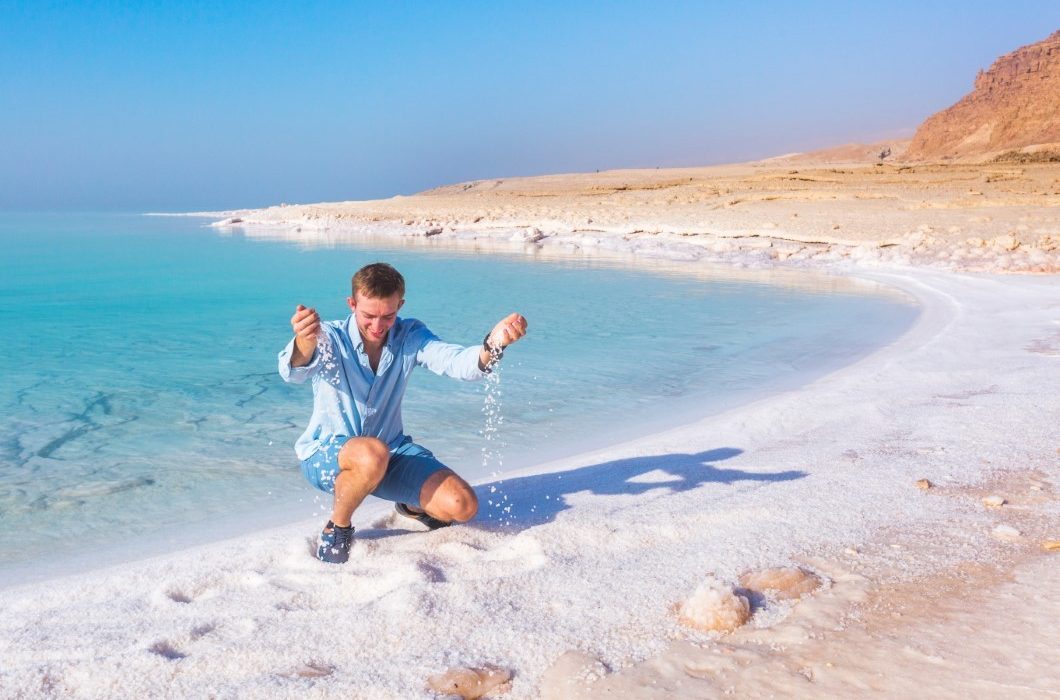
You might also like:
The number of tourists in Jordan, hit by the conflicts in neighboring countries, is recovering, a dynamic that Tourism Minister Lina Mazhar Annab intends to consolidate by combating the “stereotypes” of insecurity that stick to the region.
“We ended the year 2017 with a growth of nearly 15% with respect to the number of visitors and 18% in revenues, and the same progress was recorded in the first quarter of this year,” explains the Minister of Tourism and Antiquities.
The number of visitors reached nearly 4.2 million in 2017 and the goal of the authorities is to increase the number of tourists in Jordan to 7 million by 2020. “Jordan has proven to be a haven of peace in an area that is in turmoil, but many places in the world are in turmoil,” adds the minister.
Jordan is surrounded by Syria to the north, Iraq to the northeast, Saudi Arabia to the east and south, and Israel to the west.
“We are safer than many European countries, safer than the United States. It’s all about perception. We are working hard to dispel the stereotypes,” the minister said, citing the “riches of the country” such as Petra and its famous “Treasury” carved more than 2,000 years ago from the ochre-colored sandstone of the mountains, or the Dead Sea, the Wadi Rum desert, the biblical sites, and Aqaba, on the Red Sea.
Tourism contributes 10 to 12% of GDP and the objective is to “double” this share by 2022, the minister said. According to International Monetary Fund (IMF) data, Jordan’s GDP reached $40.49 billion ($5,680 per capita) in 2017. The country’s economy has been hit hard by the combined impact of the international financial crisis and the Arab spring and crisis in Syria and Iraq.
“We have seen a decline in tourism and the number of tourists, but over the last two years, the visitors have returned from all over the world,” says Lina Mazhar Annab.
According to the minister, in office since June 2016, the country “is trying to change its approach to tourism”. Different segments to be developed have been identified: adventure, cultural, archaeological, medical, and religious tourism, with several biblical sites in Jordan.
But in terms of accommodation, the country still has “a long way to go,” she says: it has nearly 30,000 rooms, a figure that could “easily” be doubled.

Private accommodation via Airbnb-type platforms is increasingly available in Jordan.
“This is an area that we try to explore as much as we can simply because it appears to be a solution for areas where development is needed,” she continues.
“The socio-economic impact of the sector is enormous because it offers employment opportunities and revitalizes entire communities,” in a country where the unemployment rate reached 17.8% in 2017.
Another areas to be developed is accessibility and connectivity. “People want to come to Jordan, our challenge is to make it possible for them. There are not enough routes, not enough airlines and sometimes they are expensive.” Jorden plans to increase the number of tourists with various types of handicap.
Source: tourism-review.com
